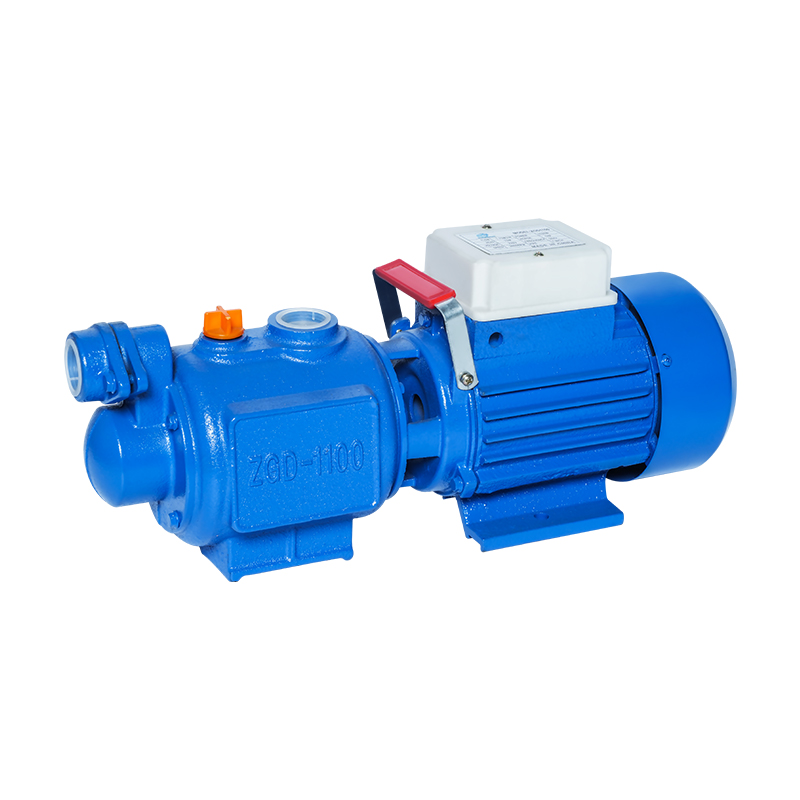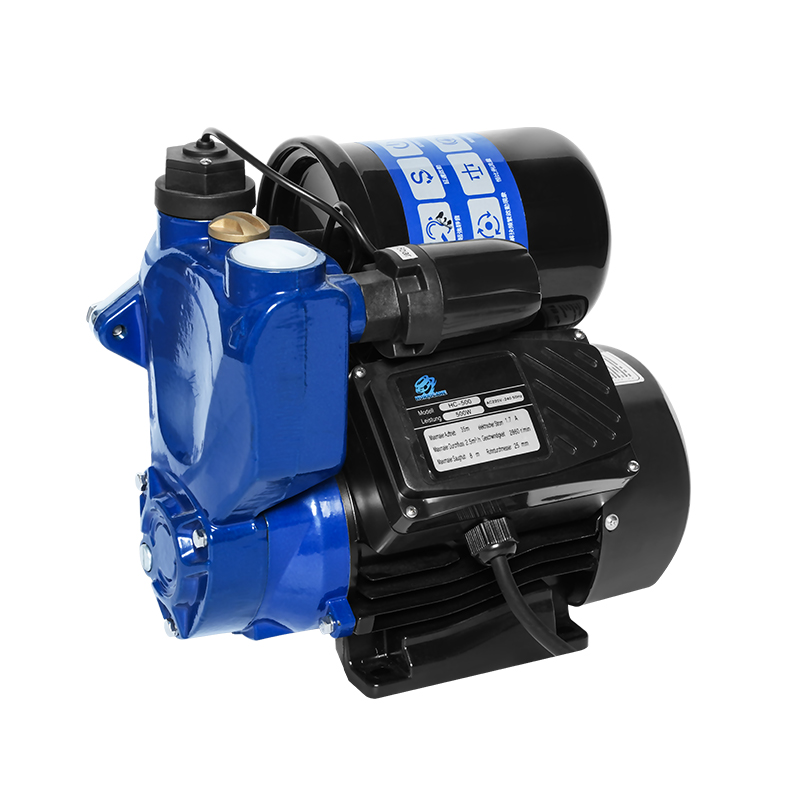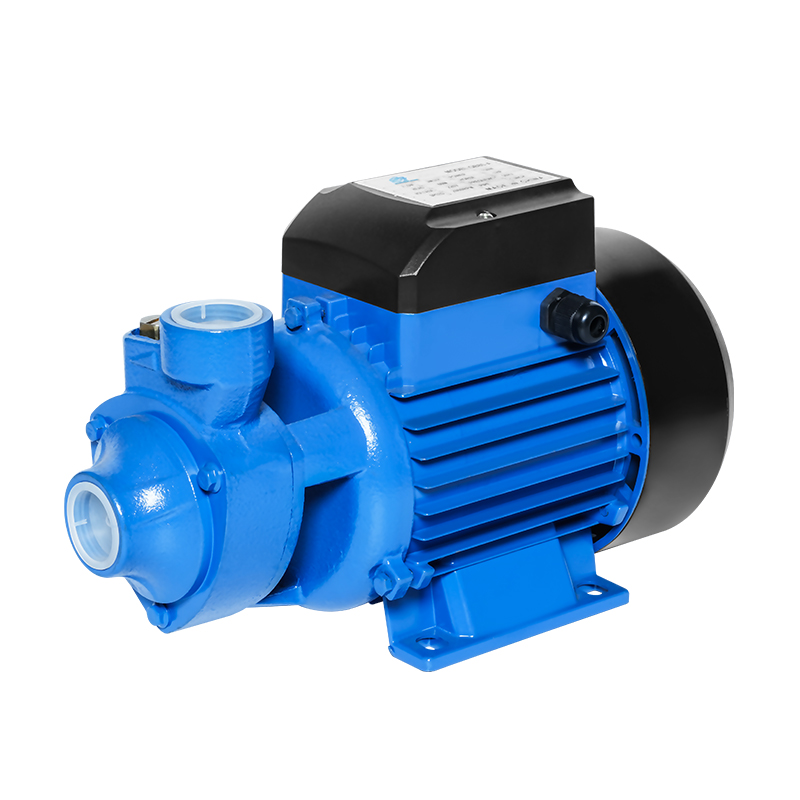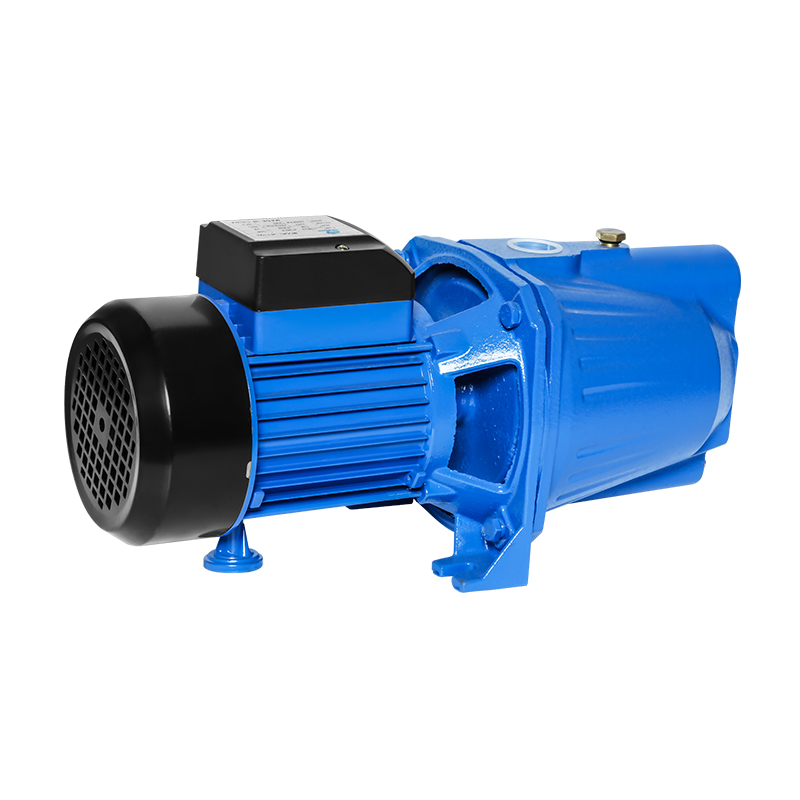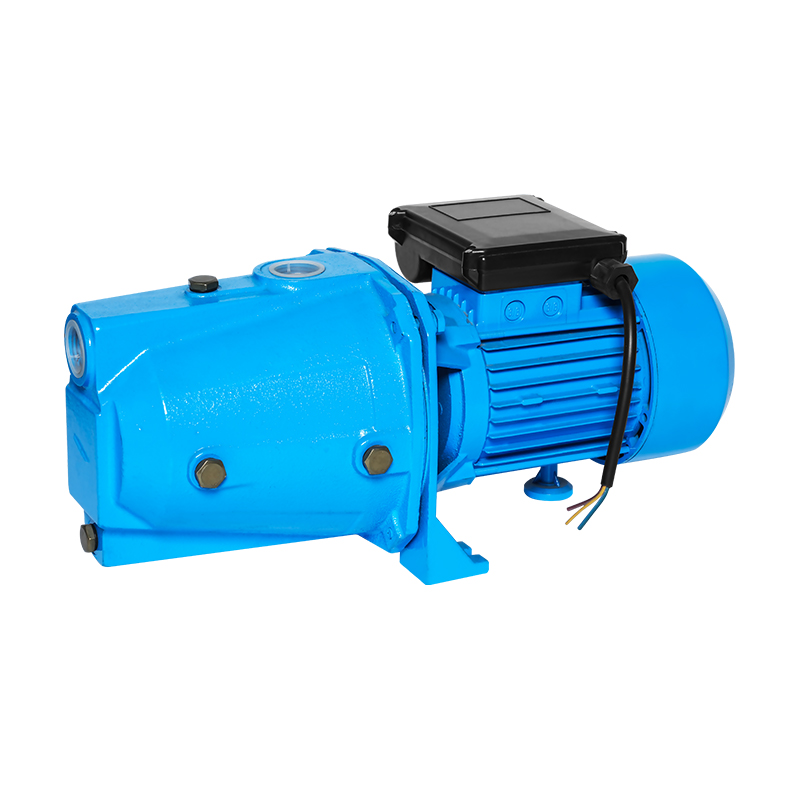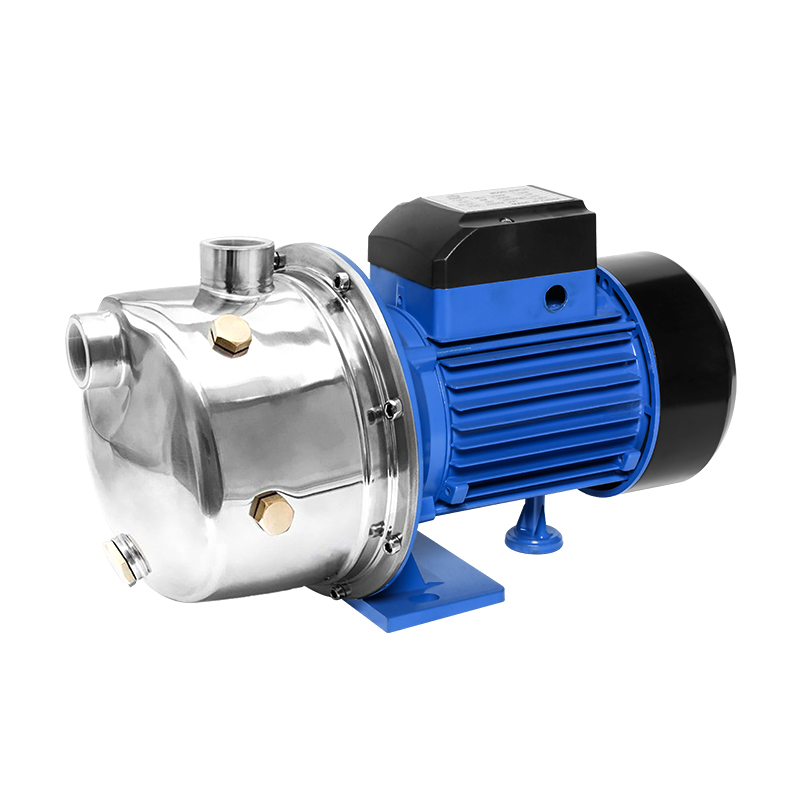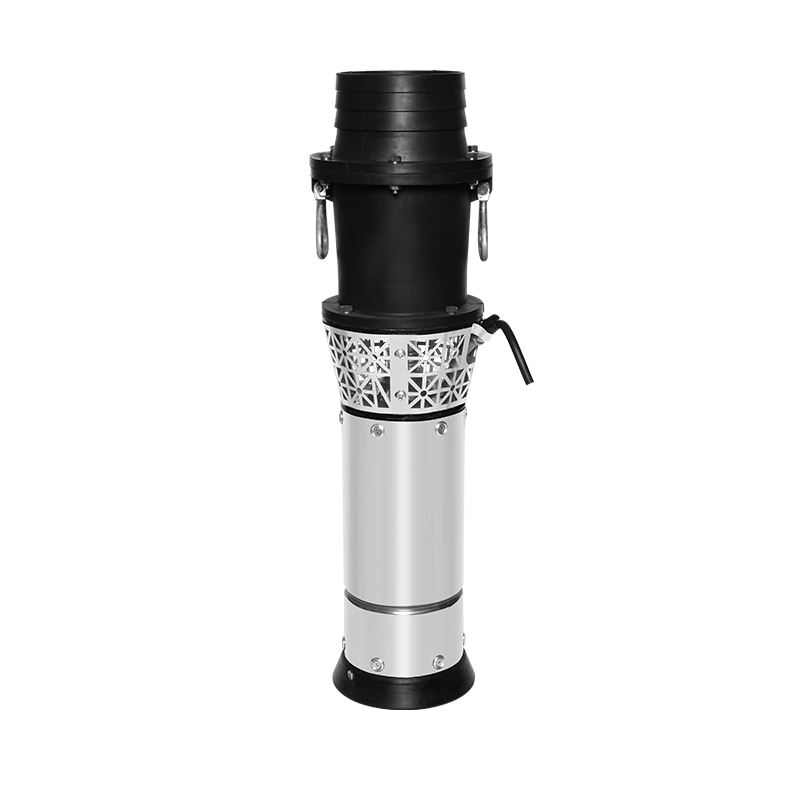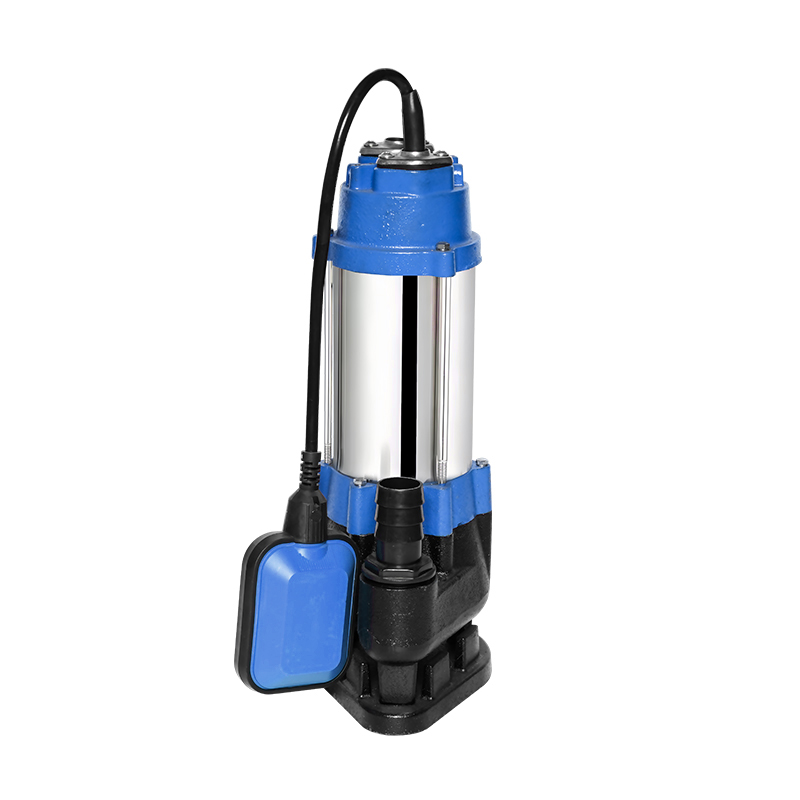What Safety Guidelines Should Be Followed When Installing a Submersible Water Pump?
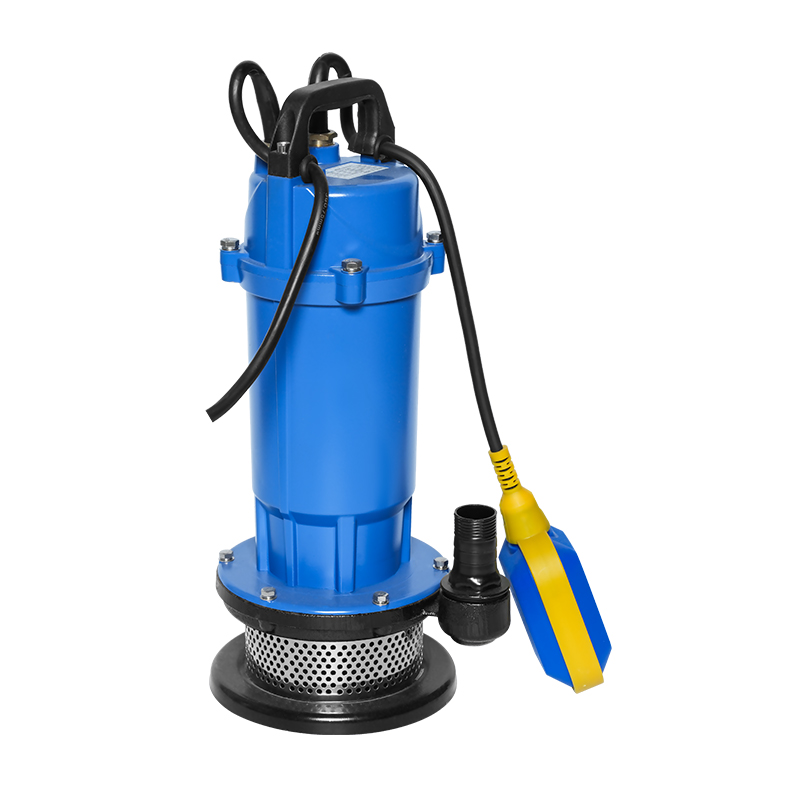
Installing a submersible water pump involves working with electricity and water simultaneously, which requires careful attention to safety. Whether the pump is intended for domestic, agricultural, or industrial use, following appropriate safety practices helps ensure efficient operation and reduces the risk of equipment failure or personal injury. Understanding the right steps during installation contributes to the long-term performance and reliability of a submersible water pump.
Before beginning the installation process, it is important to inspect all equipment and components. The submersible water pump, cables, fittings, and accessories should be free from any visible damage. Ensure that the power supply matches the specifications of the pump to avoid electrical problems. Reading the manufacturer’s instructions and specifications carefully can provide guidance specific to the model being used.
Power should always be turned off before starting any work. Since the submersible water pump is designed to function underwater, it must be installed with the correct waterproof electrical connections. Using a certified waterproof junction box or properly rated cable glands is necessary to prevent water from entering the electrical circuit. Additionally, the use of a residual current device (RCD) or ground fault circuit interrupter (GFCI) adds an extra layer of protection against electric shock.
Proper grounding is also a key part of electrical safety. The submersible water pump must be grounded in accordance with local electrical codes. Grounding helps protect users in the event of a short circuit by redirecting the current safely to the ground. If unsure about how to ground the system properly, consulting a qualified electrician is a recommended step.
The physical installation of the pump should be handled with care. Lowering the submersible water pump into the water source must be done slowly and steadily to prevent damage to the housing or the power cable. Attaching a safety rope or lifting cable to the pump allows for safe handling and retrieval. The power cable should never be used to lower the pump, as this may cause internal damage or compromise the insulation.
The water source itself should be inspected for debris, sediment, or sharp objects that could affect the performance or damage the submersible water pump. It is advisable to install the pump a few feet above the bottom of the well or tank to reduce the risk of sucking in sand or sludge. If used in a well, ensuring that the diameter of the well casing accommodates the pump size without obstruction is also important.
Ventilation and cooling are additional considerations for certain installations. Although submersible water pumps are designed to operate underwater, they still require sufficient water flow around the motor to prevent overheating. Installing a flow sleeve or shroud may help maintain adequate cooling, especially in confined spaces or vertical installations.
After installation, the system should be tested carefully. Turning on the power while observing for unusual noise, vibration, or erratic water flow helps identify any problems early. Regular inspection and maintenance should follow to ensure continued safe operation.
Installing a submersible water pump safely involves inspecting components, ensuring correct electrical connections, grounding the system, careful physical handling, and post-installation testing. Following these safety guidelines helps reduce risks and supports efficient performance in a variety of pumping applications.


